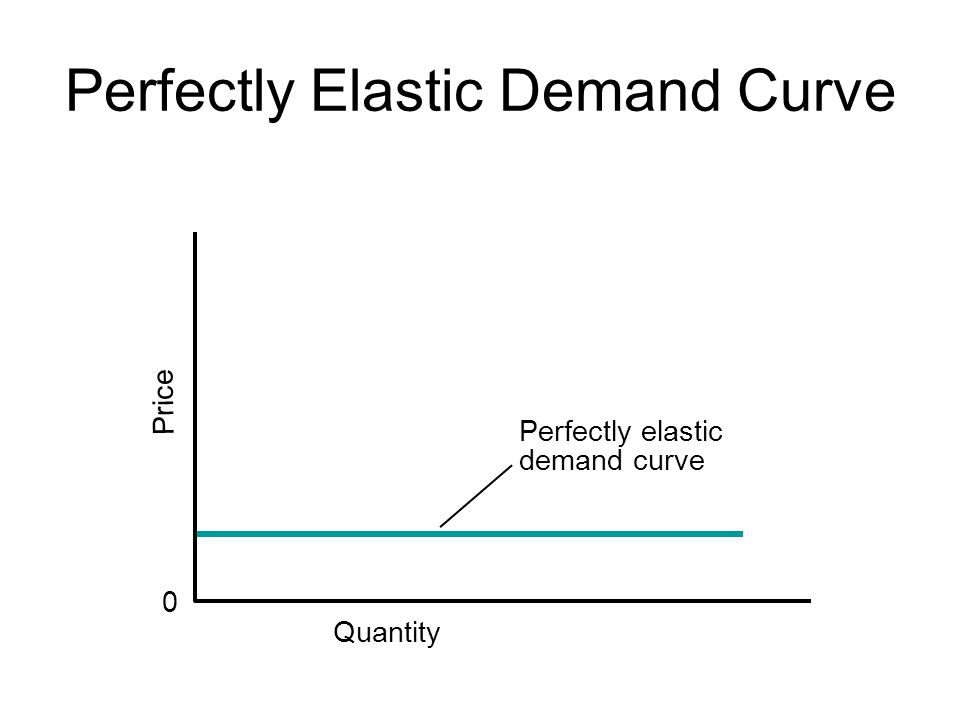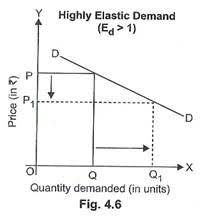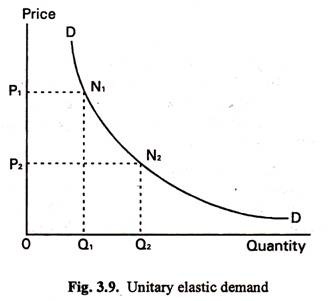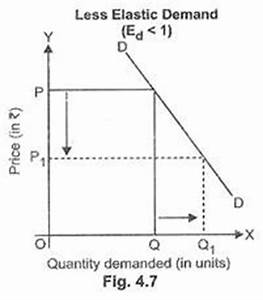MEANING
Price Elasticity of demand is the rate at which quantity purchased changes with the change in price. It is the ratio of percentage change in quantity demanded to percentage change in the price of the commodity, other factors remaining the same.
Ed= (-) Percentage change in quantity demanded/ Percentage change in price
ACCORDING TO BOULDING
“Price elasticity of demand measures the responsiveness of the quantity demanded of a good to the change in its price.”
ACCORDING TO MARSHALL
“Price elasticity of demand is ratio of the percentage change in quantity demanded to the percentage change in its price.”
ACCORDING TO ANATOL MURAD
“Elasticity of Demand is the ratio of relative change in quantity to relative change in price.”
ACCORDING TO SAMUELSON
“The concept expresses the degree of responsiveness of quantity demanded to change in its price.”
Thus, the measure of the magnitude of change in demand due to a given change in price is known as Price Elasticity of Demand.
DEGREES OF PRICE ELASTICITY OF DEMAND
The various degrees of Price Elasticity of Demand are as follows:
PERFECTLY ELASTIC DEMAND
Perfectly Elastic Demand is one in which a small change in price will cause an infinitely large change in amount demanded. A small rise in the price of the commodity reduces the demand to zero.
Ed= ∞

In this case the shape of demand curve is parallel to horizontal axis.
MORE ELASTIC DEMAND
When the change in demand is more than the change in price, demand is said to be More Elastic Demand. Such demand is also known as ‘Greater than unitary Price Elasticity of Demand.’
Ed> 1

In this case the demand curve is flatter and gradually sloping.
UNITARY ELASTIC DEMAND
When the change in demand is equal to the change in price, demand is said to unitary elastic demand.
ACCORDING TO MARSHALL
“A commodity has elasticity equal to one if the total expenditure of the consumers on the commodity remains the same even when price changes.”
Ed= 1

In this case, the demand curve is rectangular hyperbola.
LESS ELASTIC DEMAND
When the change in demand is less than the change in the price, demand is said to Less Elastic Demand. Such demand is known as ‘Less than Unity Price Elasticity of Demand.’
Ed <1

In this case, the demand curve is steep and rapidly sloping.
PERFECTLY INELASTIC DEMAND
When there is no change in the demand i.e. the demand remains fixed at a specific level even though there is any change in price, demand is said to be Perfectly Inelastic Demand. In such a situation, rise or fall in price do not affect demand in any way.
Ed=0

In this case, the demand curve is parallel to Y-axis.
